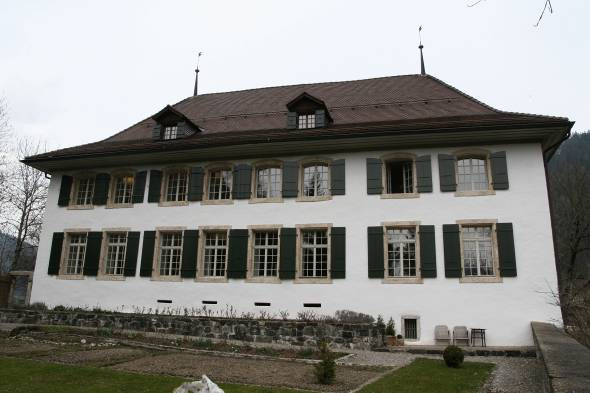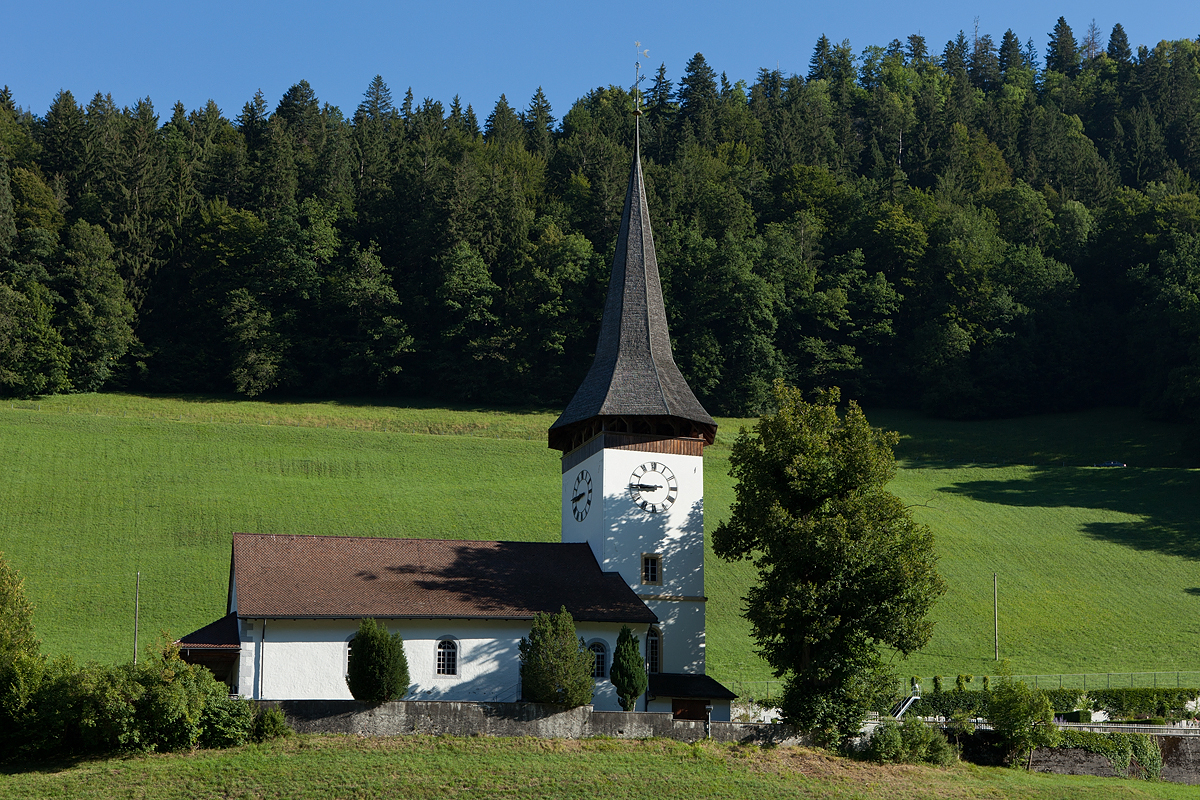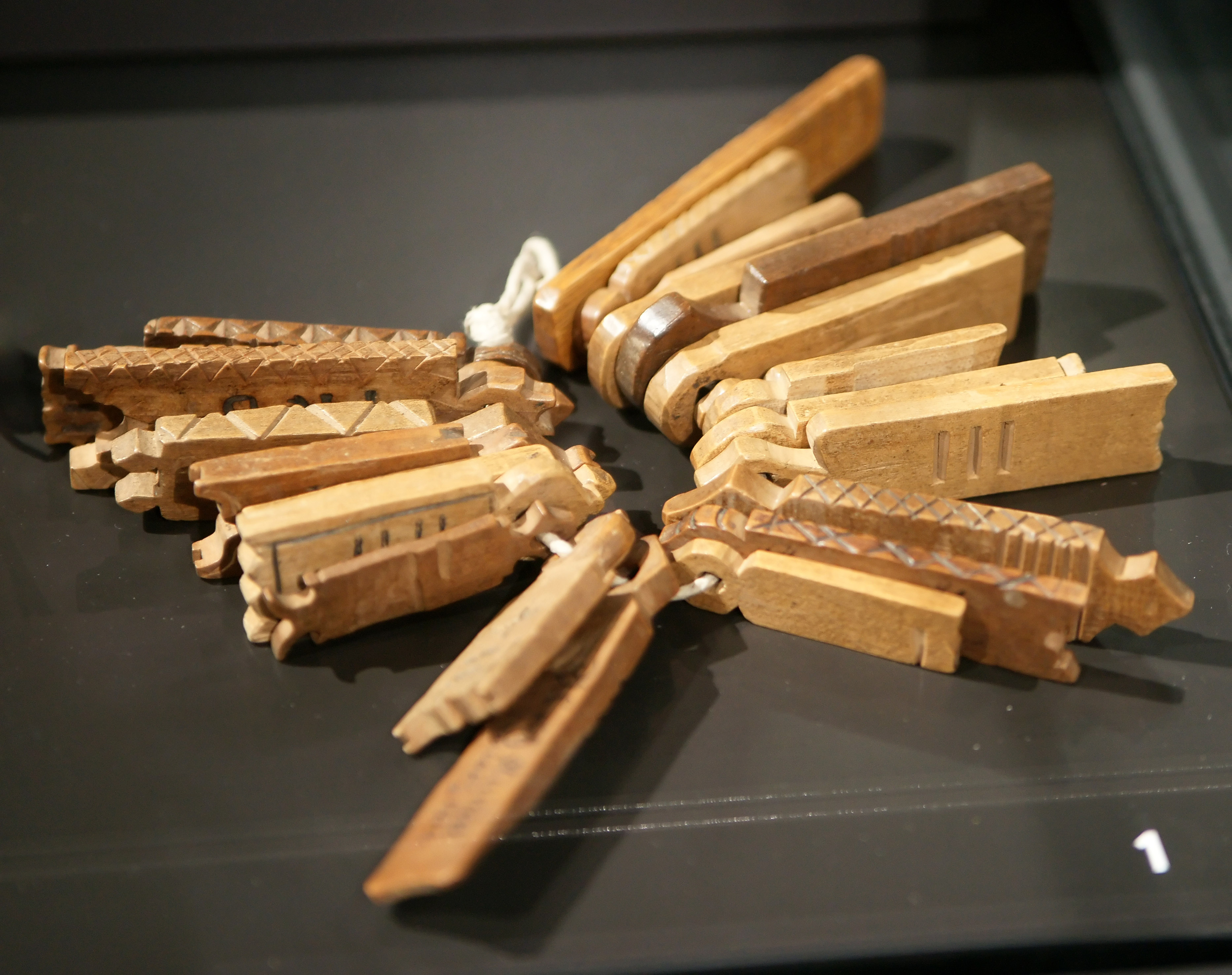|
Obersimmental-Saanen
Obersimmental-Saanen District in the Canton of Bern The canton of Bern or Berne (german: Kanton Bern; rm, Chantun Berna; french: canton de Berne; it, Canton Berna) is one of the 26 cantons forming the Swiss Confederation. Its capital city, Bern, is also the ''de facto'' capital of Switzerland. ... was created on 1 January 2010. It is part of the Oberland administrative region. It contains 7 municipalities with an area of and a population () of 16,784. References {{coord, 46, 29, N, 7, 16, E, source:kolossus-eowiki, display=title Districts of the canton of Bern ... [...More Info...] [...Related Items...] OR: [Wikipedia] [Google] [Baidu] |
Zweisimmen
Zweisimmen is a municipality in the Obersimmental-Saanen administrative district in the canton of Bern in Switzerland. History Zweisimmen is first mentioned in 1228 as ''Duessimenes''. In 1257 it was mentioned as ''Zweinlixhenun''. The oldest trace of a settlement in the area are some scattered mesolithic artifacts from Mannenberg-Riedli. The remains of a Roman era settlement were found at Mannried. During the Middle Ages a significant trade route over the Alps to Valais and Lake Geneva passed through the Zweisimmen region. A number of farming villages probably existed in the area during the Middle Ages. In the 13th and 14th centuries, local nobles built several castles, Upper Mannenberg and Lower Mannenberg, Reichenstein-Terenstein, Blankenburg and Steinegg Castles, to protect and collect taxes from the roads. The villages and castles passed through several noble families until 1378 when the Lord of Düdingen sold the lands to Fribourg following an uprising. After the ... [...More Info...] [...Related Items...] OR: [Wikipedia] [Google] [Baidu] |
Boltigen
Boltigen is a municipality in the Obersimmental-Saanen administrative district in the canton of Bern in Switzerland. Boltigen is a mixed community, with traits both of a burgess community and a village community. Beside it, there is also a reformed evangelical Church community. The history of the community goes back to 1386 and the so-called ''Freiheitsbrief von 1386''. The community president is Hermann Maurer, since 1 January 2005. History Boltigen is first mentioned in 1276. The oldest trace of a settlement in the area is the mesolithic shelter in the ''Ranggiloch'' cave. A few Bronze Age artifacts have also been found. During the Middle Ages there were forts or castles at Simmenegg, Eichstalden and Laubegg though all three have fallen into ruin. Many of the villages and '' Bäuerten'' were founded in the Early Middle Ages and grew slowly over the following centuries. The villages and farm lands came under Bernese control partly in 1386 and completely in 1391. When Ber ... [...More Info...] [...Related Items...] OR: [Wikipedia] [Google] [Baidu] |
Lenk Im Simmental
Lenk im Simmental (or simply Lenk) is a municipality in the Obersimmental-Saanen administrative district in the canton of Bern in Switzerland. History Lenk is first mentioned in 1370 as ''An der Leng''. The oldest traces of a settlement in the area come from neolithic artifacts that have been found scattered around the municipality. During the Bronze Age Burgbühl and Bürstehubel were both fortified. Under the Romans the area was on along a major north–south road that passed over the Rawil and Kaltwasser Passes. They built a way station and a small shrine at the Iffigsee and a road and lime kiln at Iffigenalp. By the Middle Ages the Bronze Age fortifications were reoccupied and the area was split between the ''Herrschaft'' of Mannenberg and the estates of the Freiherr von Raron. The lands passed through several owners and by 1502 Bern ruled over the lands of the modern municipality. The municipality split from the neighboring St. Stephan in 1504–1505. In 1522 it ... [...More Info...] [...Related Items...] OR: [Wikipedia] [Google] [Baidu] |
Lenk Im Simmental-coat Of Arms
Lenk im Simmental (or simply Lenk) is a municipality in the Obersimmental-Saanen administrative district in the canton of Bern in Switzerland. History Lenk is first mentioned in 1370 as ''An der Leng''. The oldest traces of a settlement in the area come from neolithic artifacts that have been found scattered around the municipality. During the Bronze Age Burgbühl and Bürstehubel were both fortified. Under the Romans the area was on along a major north–south road that passed over the Rawil and Kaltwasser Passes. They built a way station and a small shrine at the Iffigsee and a road and lime kiln at Iffigenalp. By the Middle Ages the Bronze Age fortifications were reoccupied and the area was split between the ''Herrschaft'' of Mannenberg and the estates of the Freiherr von Raron. The lands passed through several owners and by 1502 Bern ruled over the lands of the modern municipality. The municipality split from the neighboring St. Stephan in 1504–1505. In 1522 ... [...More Info...] [...Related Items...] OR: [Wikipedia] [Google] [Baidu] |
Lauenen
Lauenen ( French: ''Lauvine'', Romansh: ''Lavina'') is a municipality in the Obersimmental-Saanen administrative district in the canton of Bern in Switzerland. History Lauenen is first mentioned in 1296 as ''an der Lowinon''. Lauenen is known as an area with substantial danger of landslides and avalanches, which is the origin of its name (German ''Lawine'' "landslide," from Latin ''labina'' "slide"). The oldest trace of a settlement in the area is a single Bronze Age artifact found at Feissenalp. Roman coins were found on the Wildhorn and near the village church. During much of the Middle Ages, Lauenen was part of the municipality and parish of Saanen. After years of negotiations, Lauenen became an independent parish in 1522 and finished building the parish church in 1524. When Bern accepted the new faith of the Protestant Reformation in 1528, Lauenen remained by the old faith. Finally, in 1556, the Reformation was introduced to this mountain village and they converted. ... [...More Info...] [...Related Items...] OR: [Wikipedia] [Google] [Baidu] |
Gsteig Bei Gstaad-coat Of Arms
Gsteig bei Gstaad is a municipality in the Obersimmental-Saanen administrative district in the canton of Bern in Switzerland. Gsteig was formerly known by the French name of ''Châtelet''. History Gsteig is first mentioned in 1312 as ''Chastelet''. In 1453, it was mentioned as ''Steig''. The villages of Gsteig and Feutersoey grew up along the roads over the Col du Pillon and the Sanetsch Pass. During the Middle Ages, a castle was built in the valley to protect and control the passes. The castle is first mentioned in 1458 and today is in ruins. At one time there was a settlement at Ussers Gründ which was destroyed by a landslide. Originally Gsteig was part of the district and parish of Saanen. The village church of St. Theodul was consecrated in 1453. It became a filial church of Saanen in 1500. In the early 16th century, Bern adopted the new faith of the Protestant Reformation, however Gsteig did not convert until 1556. Traditionally the villagers practiced s ... [...More Info...] [...Related Items...] OR: [Wikipedia] [Google] [Baidu] |
Gsteig Bei Gstaad
Gsteig bei Gstaad is a municipality in the Obersimmental-Saanen administrative district in the canton of Bern in Switzerland. Gsteig was formerly known by the French name of ''Châtelet''. History Gsteig is first mentioned in 1312 as ''Chastelet''. In 1453, it was mentioned as ''Steig''. The villages of Gsteig and Feutersoey grew up along the roads over the Col du Pillon and the Sanetsch Pass. During the Middle Ages, a castle was built in the valley to protect and control the passes. The castle is first mentioned in 1458 and today is in ruins. At one time there was a settlement at Ussers Gründ which was destroyed by a landslide. Originally Gsteig was part of the district and parish of Saanen. The village church of St. Theodul was consecrated in 1453. It became a filial church of Saanen in 1500. In the early 16th century, Bern adopted the new faith of the Protestant Reformation, however Gsteig did not convert until 1556. Traditionally the villagers practiced seaso ... [...More Info...] [...Related Items...] OR: [Wikipedia] [Google] [Baidu] |
Saanen
Saanen (french: Gessenay; Highest Alemannic German, Highest Alemannic: ''Saanä'') is a municipalities of Switzerland, municipality in the Cantons of Switzerland, canton of Bern (canton), Bern in Switzerland. It is the capital of the Obersimmental-Saanen (administrative district), Obersimmental-Saanen administrative district. History The village was first mentioned in 1228 as ''Gissinay''. In 1340 it was mentioned as ''Sanon''. During the Bronze Age there was a hill fort on the Cholis Grind near the modern village of Saanen. The region was occupied by the Gallo-Roman culture, Gallo-Romans until the 10th or 11th century when the Alamanni began to drive them out. This migration created the modern language borders in Switzerland. During the Middle Ages several forts were built to guard the mule trails into the Valais and Vaud. These included the Kramburg (which was first mentioned in 1331 but is now covered by later construction), the Swabia Ried tower (11th-12th century) and the ... [...More Info...] [...Related Items...] OR: [Wikipedia] [Google] [Baidu] |
Canton Of Bern
The canton of Bern or Berne (german: Kanton Bern; rm, Chantun Berna; french: canton de Berne; it, Canton Berna) is one of the 26 cantons forming the Swiss Confederation. Its capital city, Bern, is also the ''de facto'' capital of Switzerland. The bear is the heraldic symbol of the canton, displayed on a red-yellow background. Comprising ten districts, Bern is the second-largest canton by both surface area and population. Located in west-central Switzerland, it is surrounded by eleven cantons. It borders the canton of Jura and the canton of Solothurn to the north. To the west lie the canton of Neuchâtel, the canton of Fribourg and canton of Vaud. To the south lies the canton of Valais. East of the canton of Bern lie the cantons of Uri, Nidwalden, Obwalden, Lucerne and Aargau. The geography of the canton includes a large share of all three natural regions of Switzerland: the Jura Mountains (the Bernese Jura), the Swiss Plateau (the Bernese Mittelland) and the Alps (th ... [...More Info...] [...Related Items...] OR: [Wikipedia] [Google] [Baidu] |
Cantons Of Switzerland
The 26 cantons of Switzerland (german: Kanton; french: canton ; it, cantone; Sursilvan and Surmiran: ; Vallader and Puter: ; Sutsilvan: ; Rumantsch Grischun: ) are the member states of the Swiss Confederation. The nucleus of the Swiss Confederacy in the form of the first three confederate allies used to be referred to as the . Two important periods in the development of the Old Swiss Confederacy are summarized by the terms ('Eight Cantons'; from 1353–1481) and ('Thirteen Cantons', from 1513–1798).rendered "the 'confederacy of eight'" and "the 'Thirteen-Canton Confederation'", respectively, in: Each canton of the Old Swiss Confederacy, formerly also ('lieu/locality', from before 1450), or ('estate', from ), was a fully sovereign state with its own border controls, army, and currency from at least the Treaty of Westphalia (1648) until the establishment of the Swiss federal state in 1848, with a brief period of centralised government during the Helvetic Republic ( ... [...More Info...] [...Related Items...] OR: [Wikipedia] [Google] [Baidu] |








